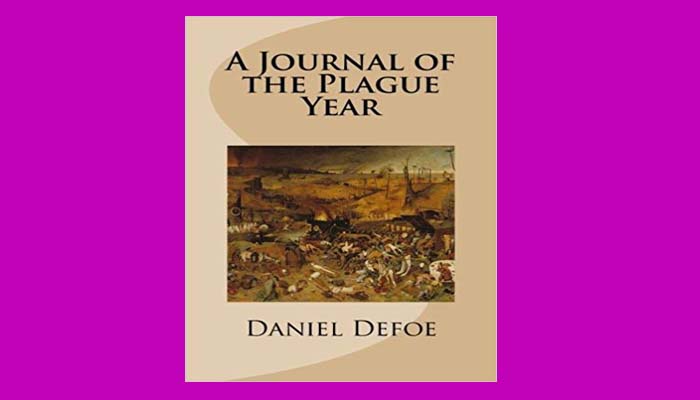

Just as it’s hard to know whether the disease is present or not in a particular person’s body, it’s hard to know where it is in a city or country either as the situation worsens, reliable news gets harder to find and contradictory rumors fill in the gap. While most patients with bubonic plague exhibit telltale lumps, Defoe writes, sometimes those lumps were only discovered internally, after death you can only be certain whether someone has the disease or not once it’s too late. He captures the particular kind of dread, too, in not knowing whether those signs and symptoms of disease are reliable. F.,” captures the experience of only being able to “see” the disease through its effects: symptoms like coughing and fever, or the eerie silence of a neighborhood under quarantine. (That problem of not being able to see the disease particle itself was even more acute in the 1720s, when microscopes were a recent invention and the idea of tiny particles that could cause illness was still just a theory.) Defoe’s narrator, identified only as “H.


We cannot directly “see” the enormous scale of an epidemic, any more than we can see something as small as a microbe. The fundamental task of A Journal of the Plague Year is to help readers picture something at once too large and too small to see: an infectious disease.

He likely thought that just like today, people concerned about an impending epidemic might be interested in a story about one. In the midst of this fear and uncertainty, Daniel Defoe, the author of Robinson Crusoe, published A Journal of the Plague Year: the fictional “diary” of a survivor of London’s last major epidemic, the Great Plague of 1665-1666. Bubonic plague had struck the French port of Marseilles and threatened to spread to other major trade hubs. If you’re looking for reading material to escape from the anxiety of living in a pandemic, that’s a great idea - we have plenty of suggestions for you, but you should probably skip this one! For those who have been re-reading The Hot Zone or watching Contagion, this post is for you, and we want you to know that there’s nothing wrong with you: we get it! At a time like this, when disease is on everyone’s mind, fiction and nonfiction about epidemics can offer guidance, or reassurance, or even just a safe space in which to process current events.ĭisease was on everyone’s mind in London in the spring of 1722, just as it is around the world today.


 0 kommentar(er)
0 kommentar(er)
